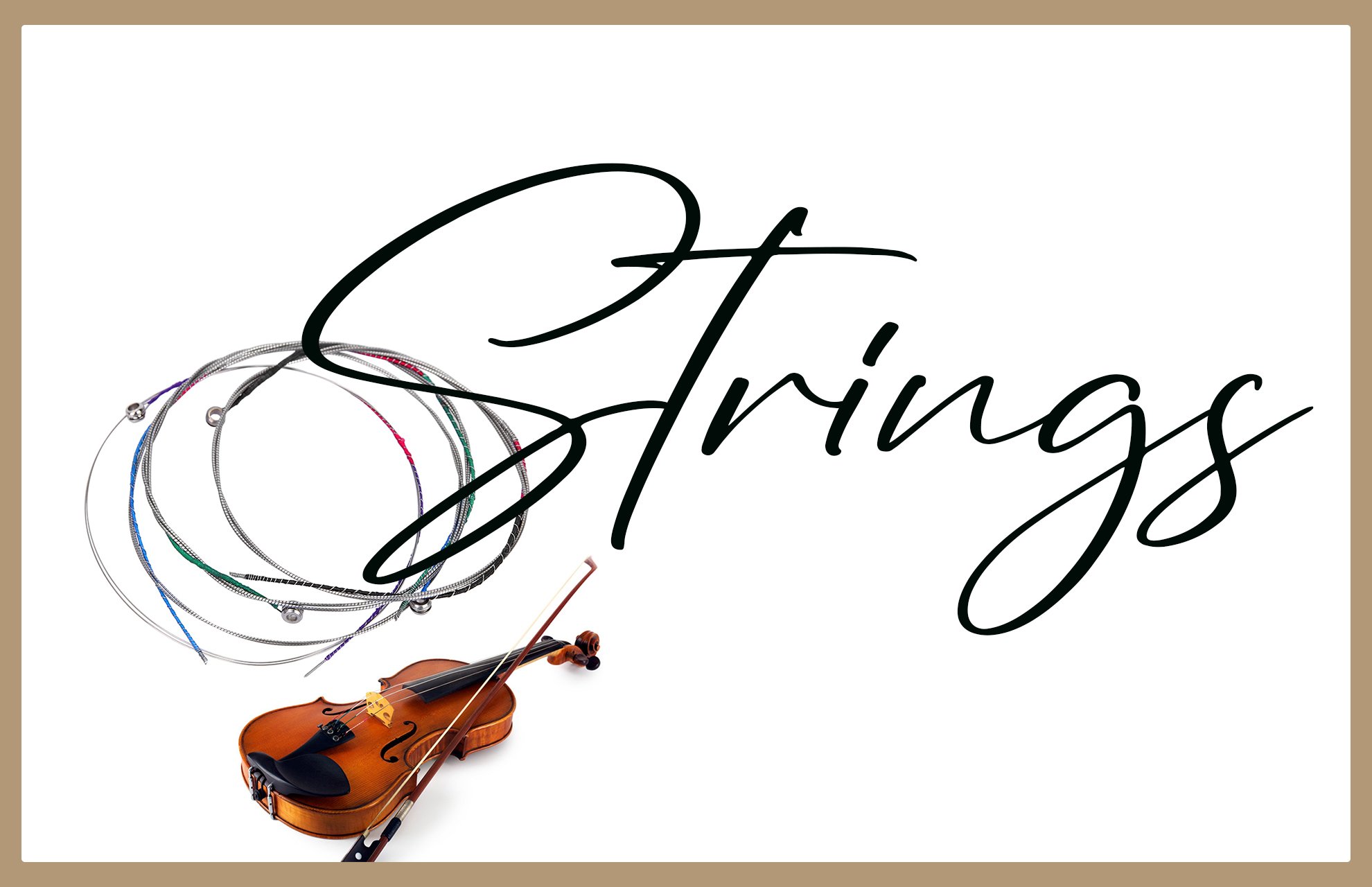Choosing the Right Violin Strings: Material, Gauge, Tension, Brand, and Price
As a violinist, the strings on your instrument are crucial to producing a beautiful and rich tone. When it comes to choosing violin strings, there are several factors to consider. Here's what you need to know:
Material
Violin strings were traditionally made of either steel or gut . Steel strings produce a brighter and more powerful sound, while gut strings are warmer and more complex. Today, all sorts of modern materials from perlon to zyex to carbon fiber are used in string construction: each material creates a unique tone.
Gauge
Violin strings come in different gauges or thicknesses. Thicker strings produce a richer and more powerful sound, while thinner strings are more responsive and easier to play.
Tension
Violin strings also come in different tensions, which can affect the playability and sound of the instrument. Higher tension strings are generally more powerful and responsive, while lower tension strings are easier to play and produce a warmer tone.
Brand
There are many different brands of violin strings on the market, each with their own unique sound and feel. Some popular brands include Pirastro, Thomastik-Infeld, and D'Addario.
Price
Violin strings can vary greatly in price, with some high-end violin strings costing over $100. It's important to find a set of strings that fits your budget while still producing the sound and feel that you're looking for. More expensive strings tend to be made from rarer materials and offer a more complex tone and more power.
Ultimately, the best way to choose violin strings is to experiment with different types and brands until you find the ones that work best for your playing style and preferences. With the right strings, you can produce a beautiful and expressive sound on your violin.
If you're looking to try out new violin strings, it's important to keep in mind that it can take some time to adjust to the feel and sound of a new set. It's a good idea to try out strings for at least a week or two before deciding whether or not you like them. During this time, you may notice that the strings require different bow pressure or produce a different tone than your previous set. Be patient and allow yourself time to adapt to the new strings before making a final decision. Trying out different strings can be a great way to experiment with your sound and find the perfect set that brings out the best in your playing.
If you are looking for high-quality violin accessories, look no further than our online store. We offer a wide range of products that cater to all string players, from beginners to professionals. With our excellent customer service and competitive prices, you can be assured of an exceptional shopping experience. Start browsing our online store today and take your instrument playing to the next level!

